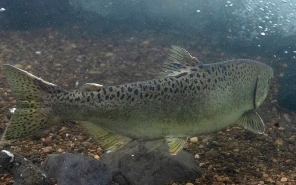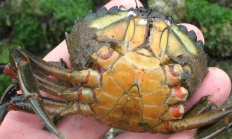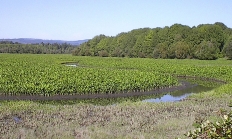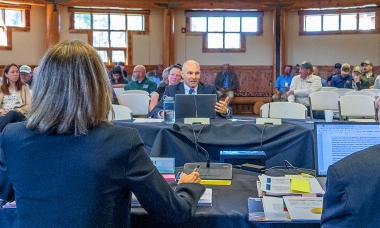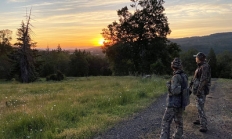Umpqua, Smith, North Fork Smith rivers fall Chinook harvest quota reached; fishery is closed
ROSEBURG, Ore. – Fishing for fall Chinook salmon (hatchery and wild) closes at 12:01 a.m., Aug. 19 on the Umpqua, Smith, and North Fork Smith rivers because the quota of 500 wild fall Chinook has been reached. With forecasted low returns of wild fall Chinook salmon in the Umpqua, Smith and North…
